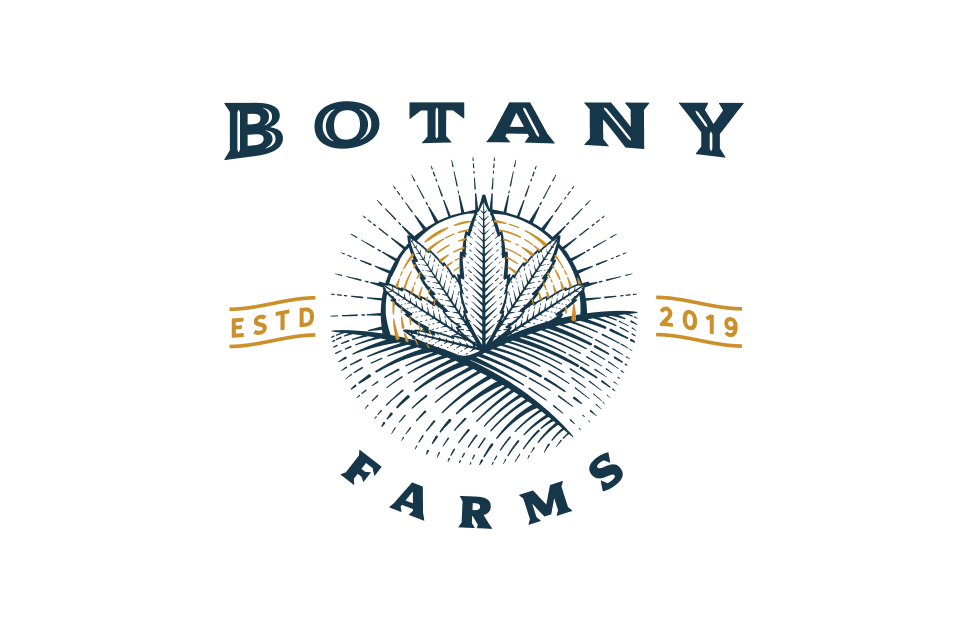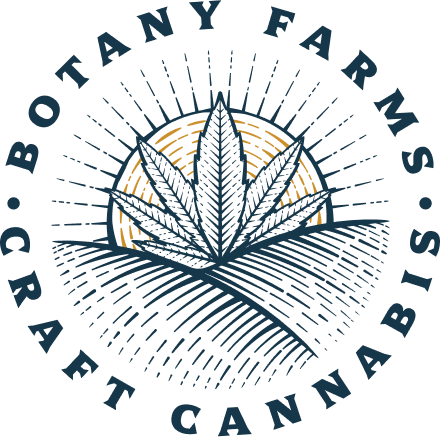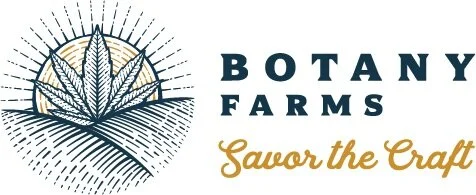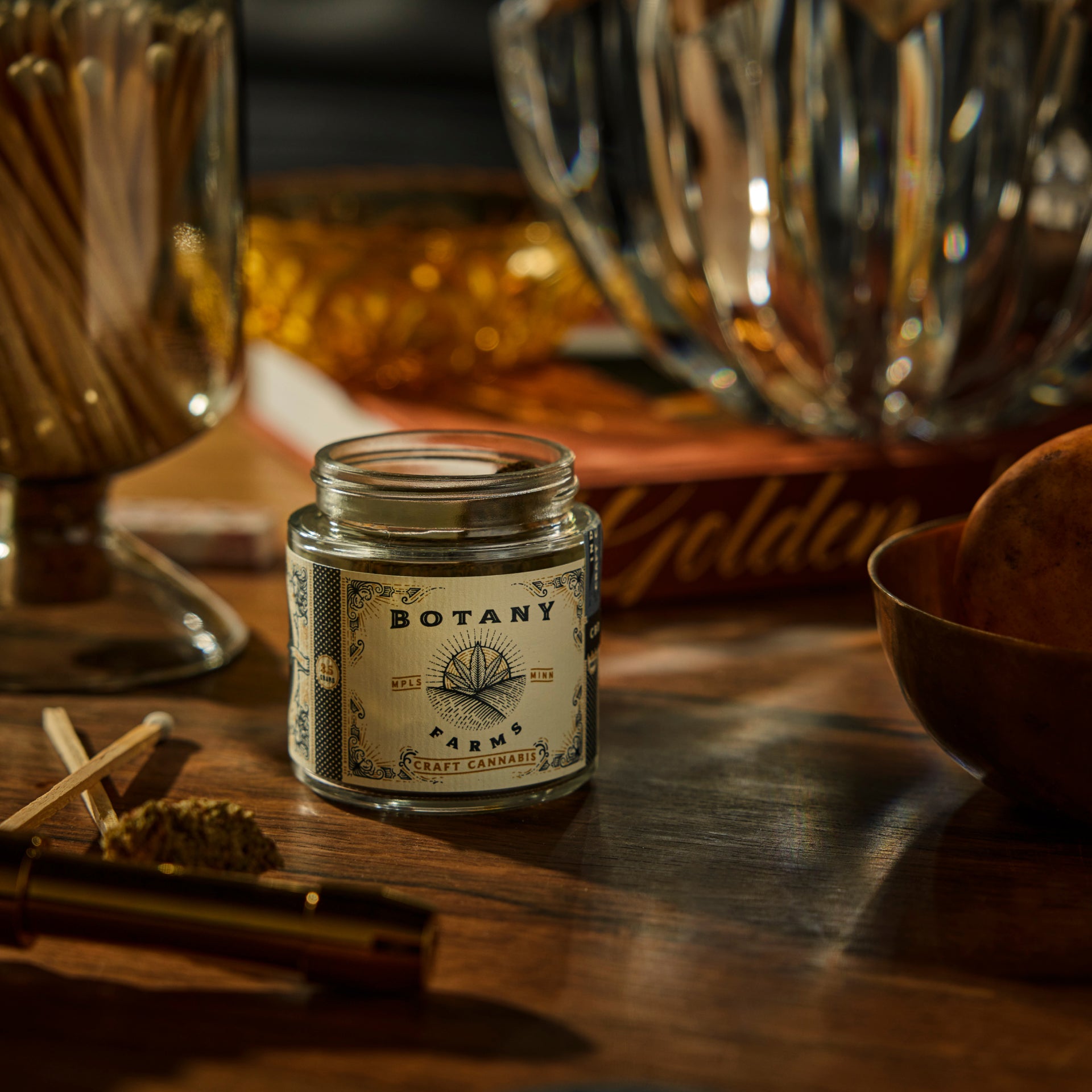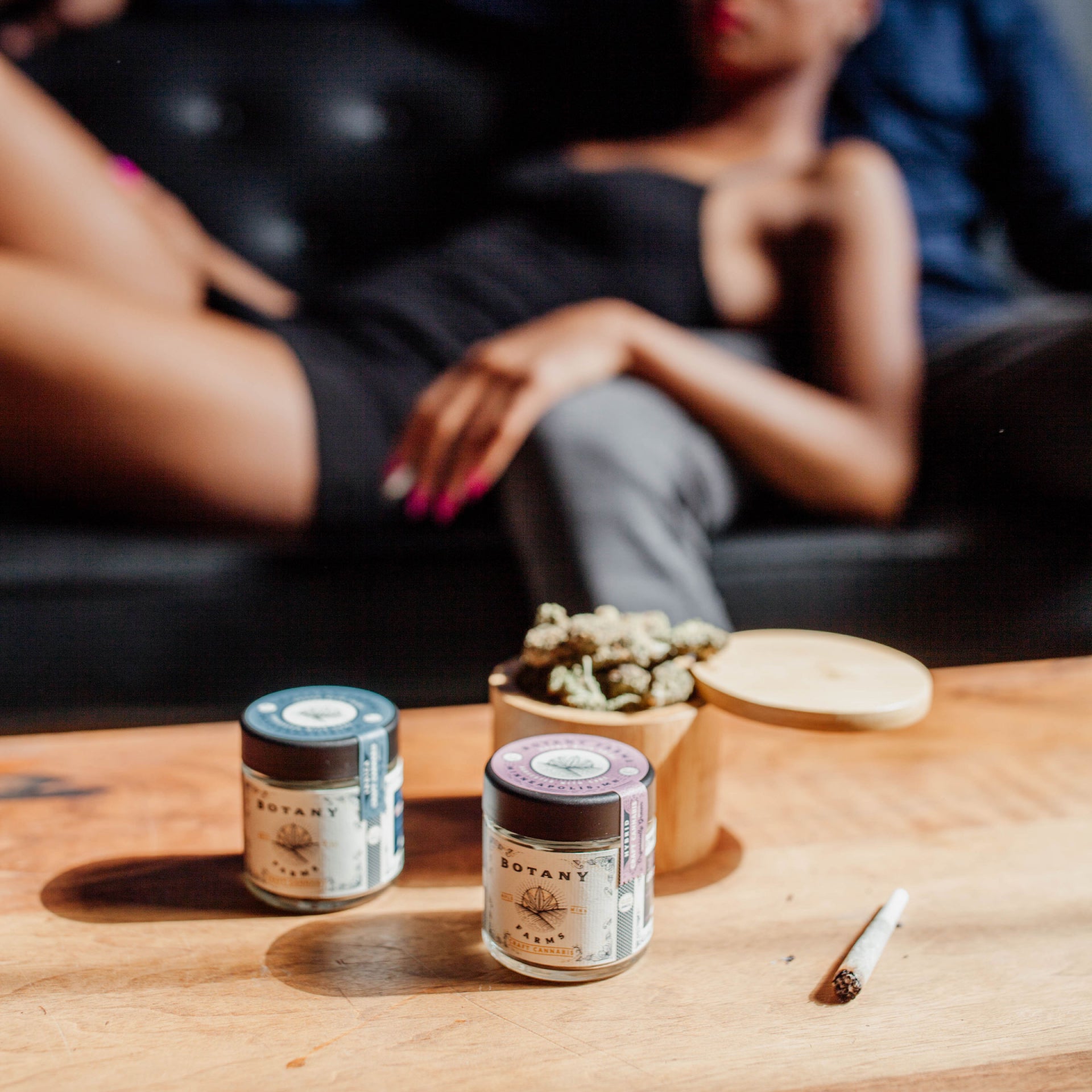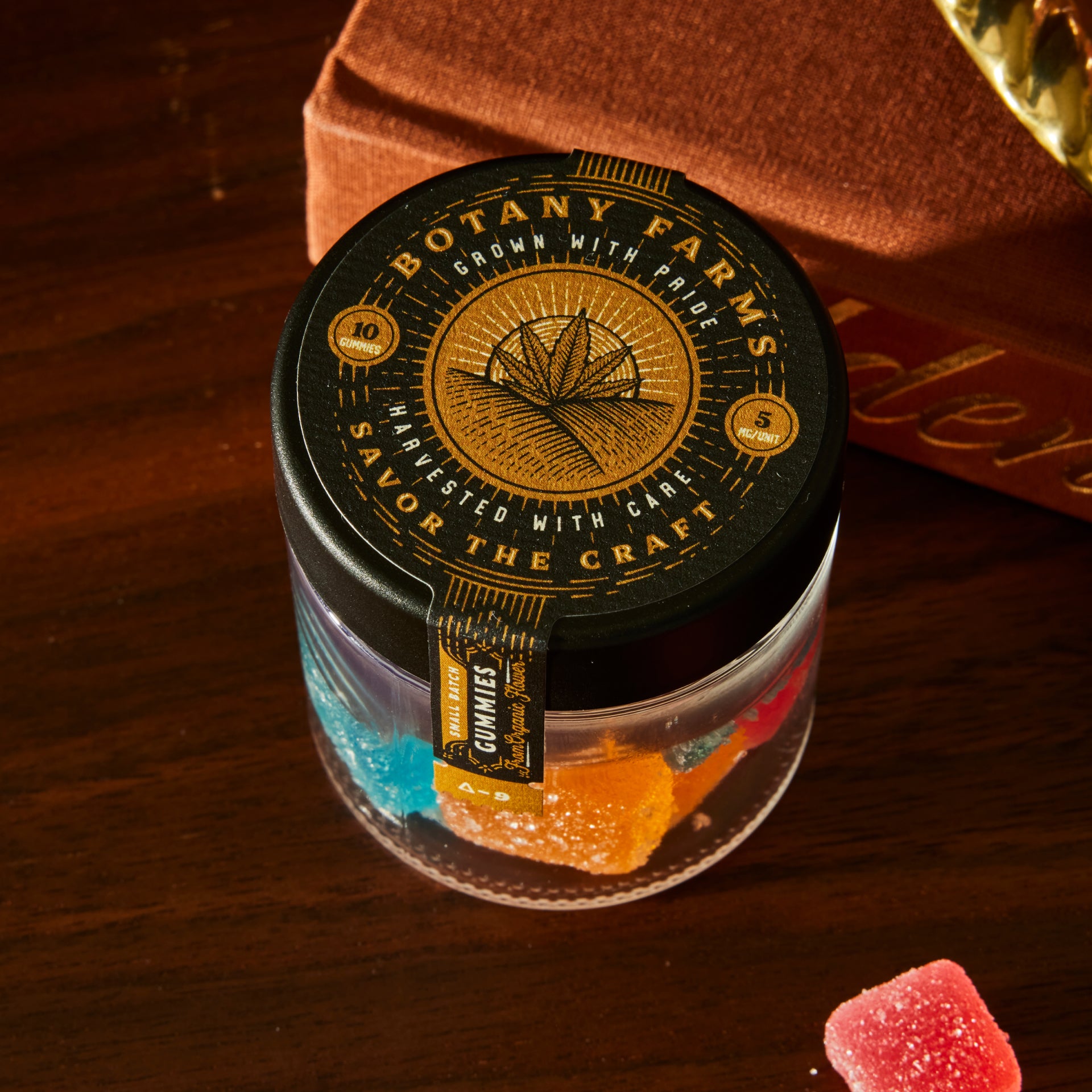
Is HHC Legal in Florida? (Updated for 2024)
Read the latest on HHC's legal status in Florida with Botany Farms. Discover how new laws affect its legality and availability in the state.

Is Delta 9 Legal in Tennessee? (Updated for 2024)
In this blog post, we will learn more about the legality of Delta 9 in Tennessee.
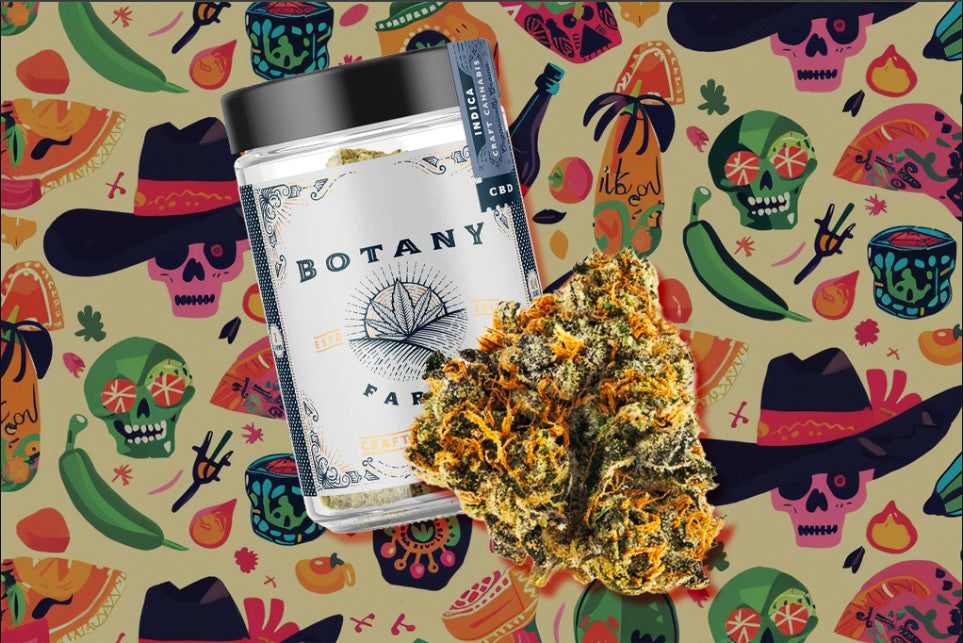
Unlock the fiery essence of Chili Verde strain! Dive into our review for a tantalizing experience. Try it now! Chili Verde Strain Review
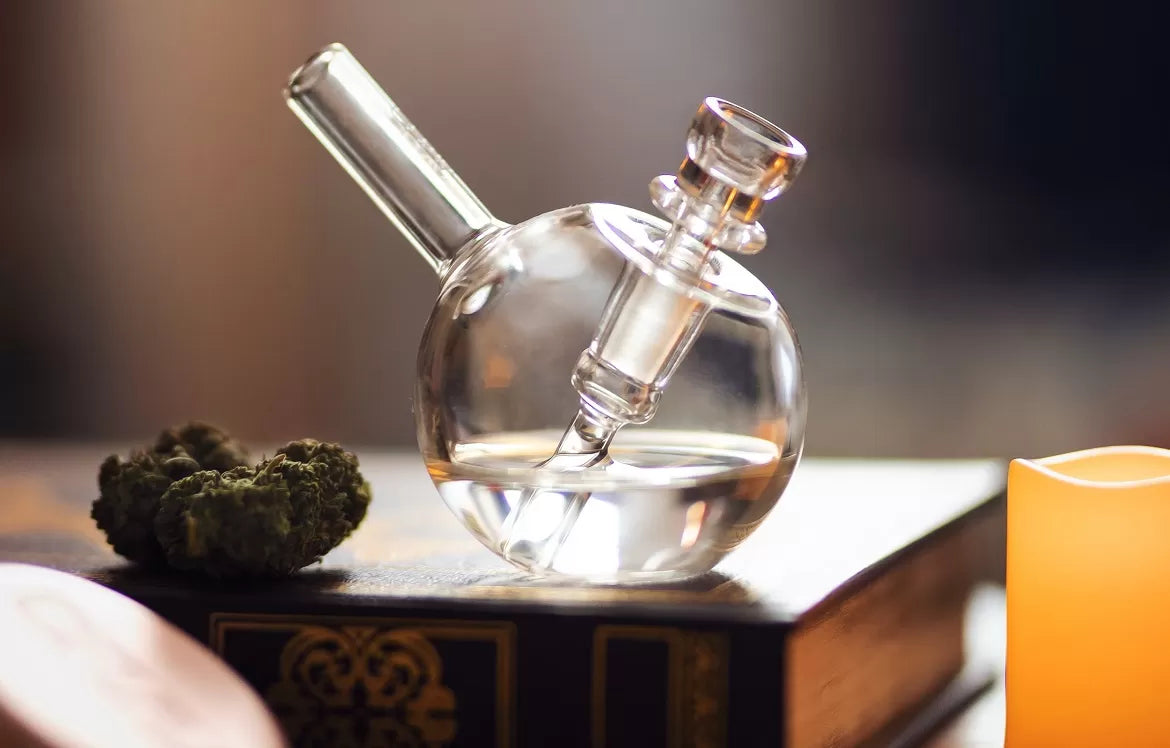
Best Tasting Hemp Flower in 2024
Our picks for the best tasting hemp flower of 2024.
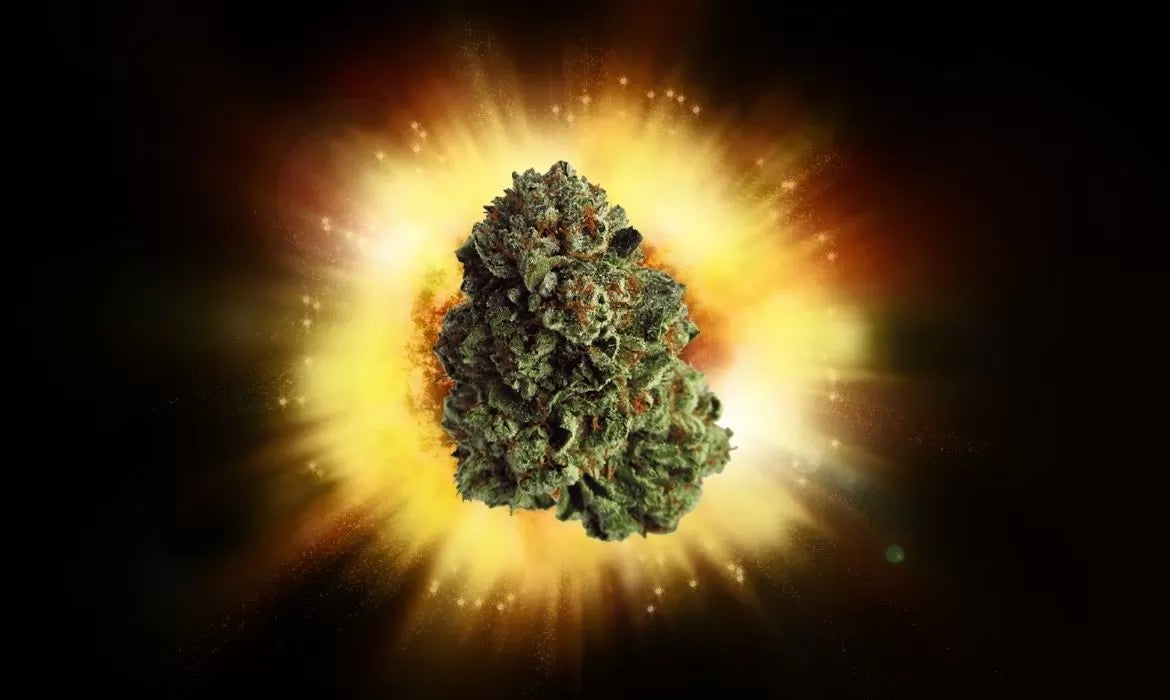
Uncover the secrets of this 23% THC level bud, known for its sweet apple and citrus scent with hints of rose and violet.
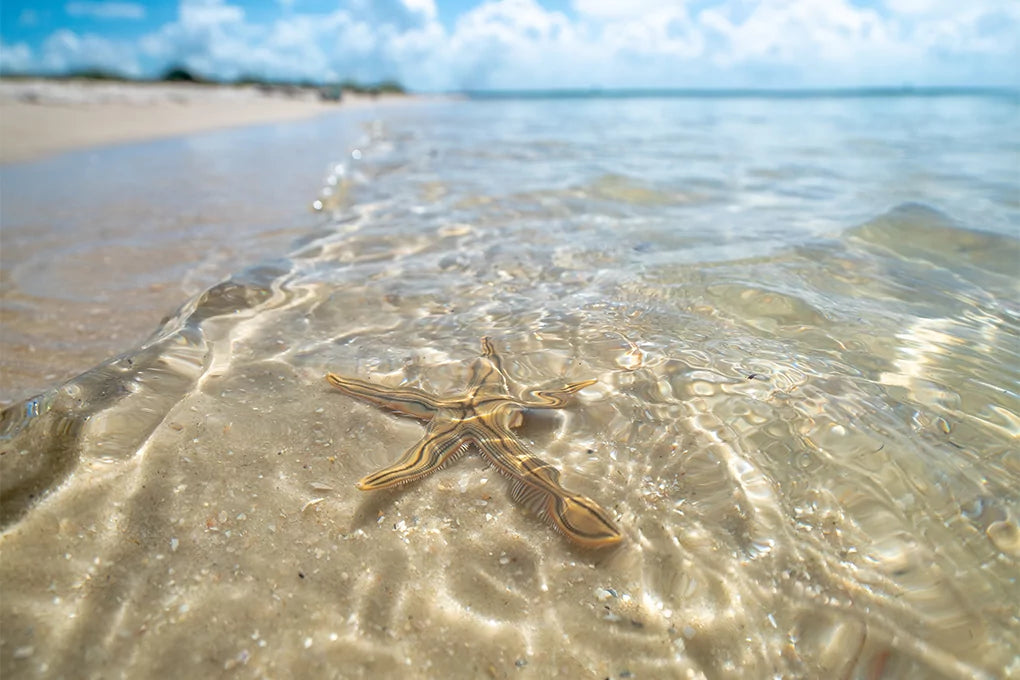
Is Delta-8 Legal in Florida? (Updated for 2024)
Stay informed about the evolving legality of Delta-8 THC in Florida with Botany Farms. Keep up to date with the latest laws and how they impact your access to hemp-derived products.
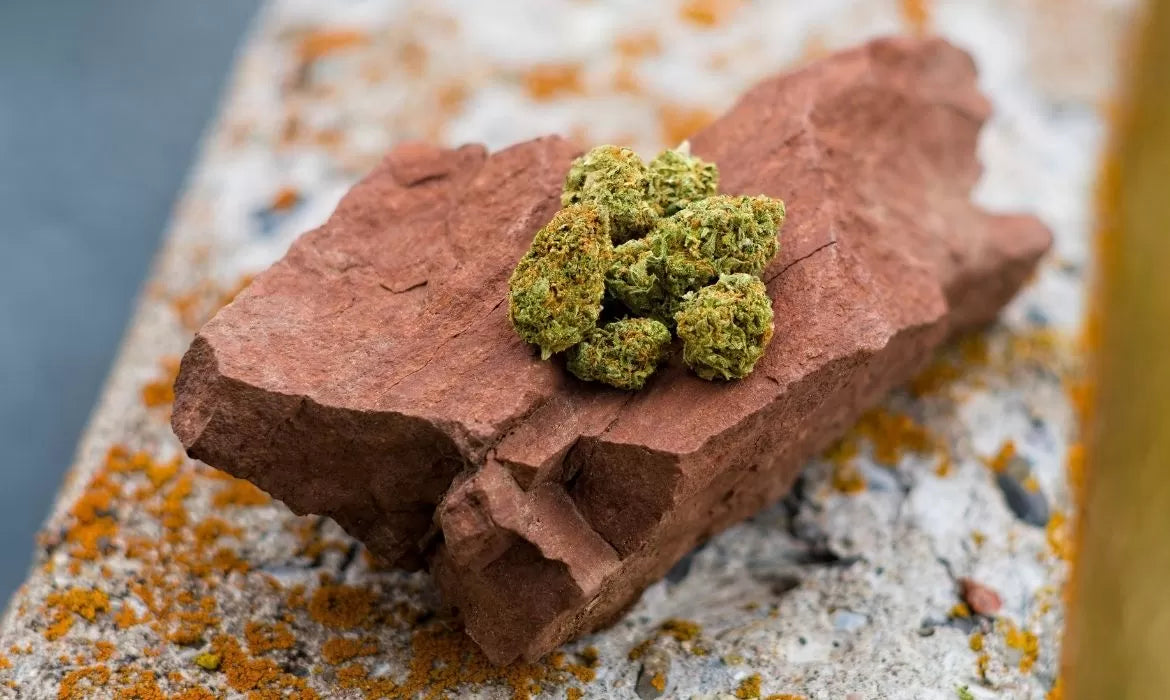
Baox Strain Review: What to Know about this Indica Hybrid Flower
Embark on a delightful adventure into the realm of Baox strain, a fascinating and unique CBD strain that is sure to tickle your taste buds and lift your spirits.
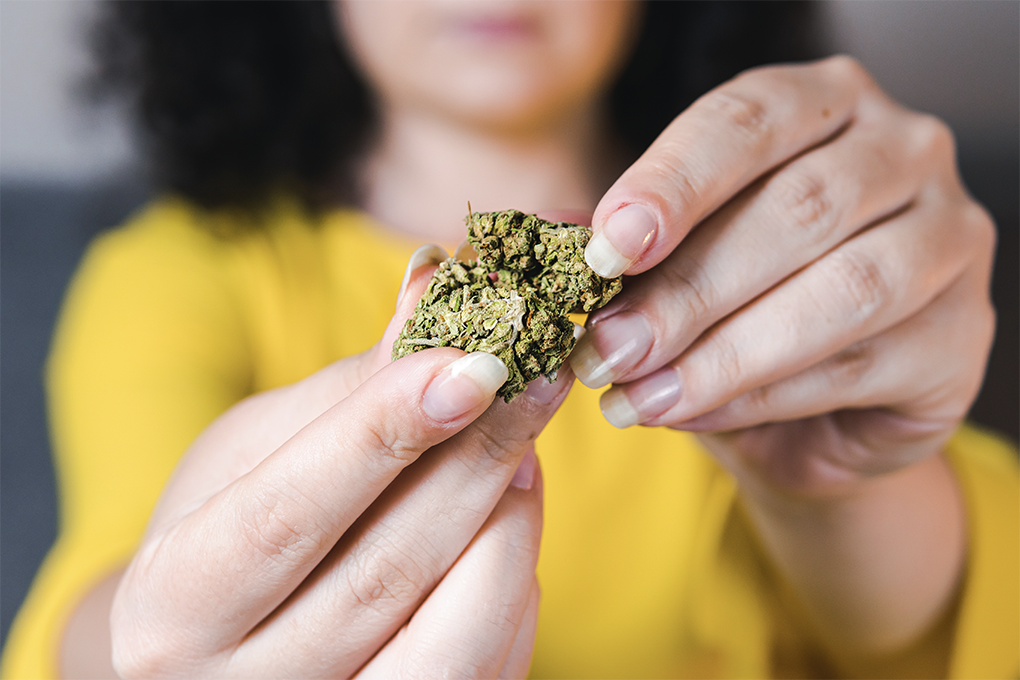
Our comprehensive guide comparing THC-P vs Delta 8: Differences, Benefits, and Effects explored. Choose your next cannabinoid adventure now!
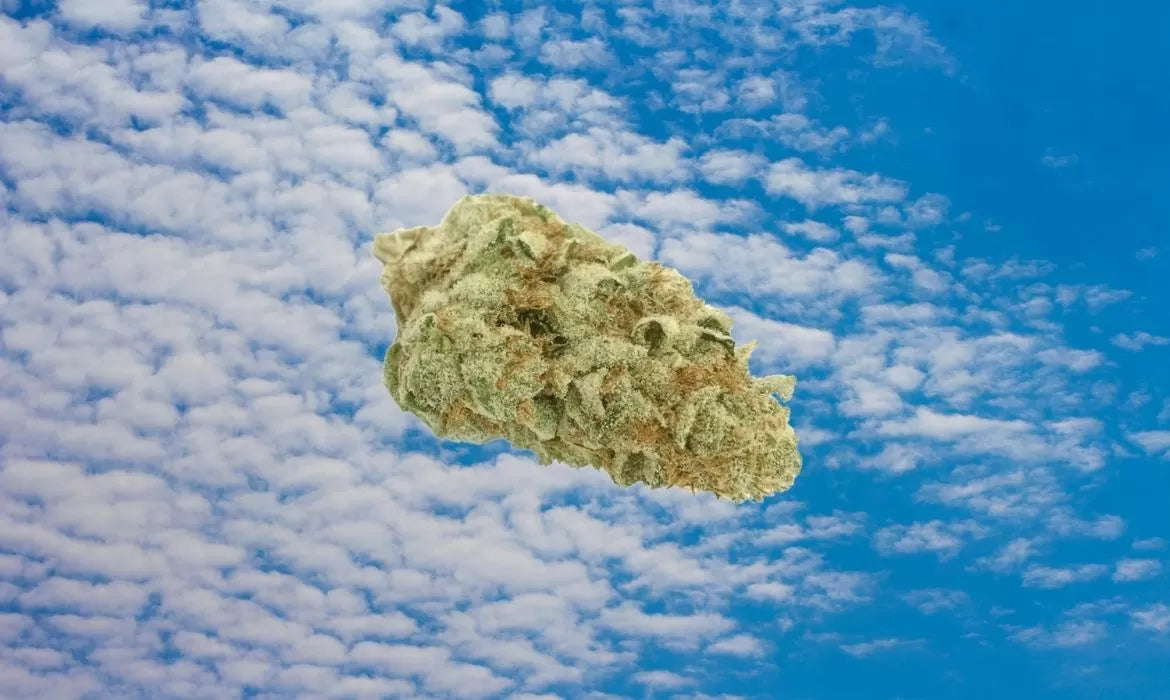
Learn about the tropical Azure Haze strain with Botany Farms: a sweet, citrusy indica-dominant hybrid perfect for daytime relaxation and focus. 18% THC!
